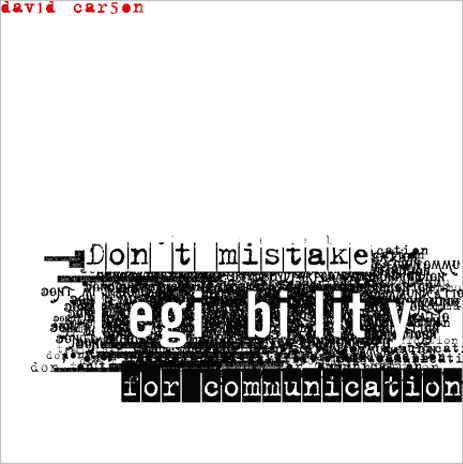Graphics Design - A Medium For The Masses
When did graphic design actually start?
- Cave paintings
- Precso paintings depicting a visual story.

- Paintings used for graphics later: John Everett Millais - Bubbles 1886
The introduction of the term 'graphic design' was in 1992 by William Addison Dwiggins (successful designer):
'In the matter of layout forget art at the start and use horse-sense. The printing-designer's whole duty is to make a clear presentation of the message - to get the important statements forward and minor parts placed so that they will not be overlooked. This calls for an exercise of common sense and a faculty of analysis rather than for art'.
Herbert Spencer: 'Mechanized art'.
Max Bill and Josef Muller-Brockman: 'Visual Communication'.
Richard Hollis: 'Graphics Design is he business of making or choosing marks and arranging them on a surface to convey an idea'.
Paul Rand: '...graphic design, in the end, deals with the spectator, and because it is the goal of the designer to be persuasive or at least informative, it follows that the designer's problems are twofold: to anticipate the spectator's reactions and to meet his own aesthetic needs'.
Josef Muller-Brockman - 'Whatever the information transmitted, it must ethically and culturally, reflect its responsibility to society'.
'Although graphics design as we know it originated in the late nineteenth century as a tool of advertising, an association today with marketing, advertising, or capitalism deeply undermines the graphic designer's self-image. Graphic design history is an integral part of advertising history, yet in most accounts of graphic design's origins advertising is virtually denied, or hidden behind more benign words such as 'publicity' and 'promotion'. This omission not only limits the discourse, but also misrepresents the facts. It is time for graphic design historians, and designers generally, to remove the elitist prejudices that have perpetuated a biased history'. - Steven Heller, Eye No. 17, 1995.

Alphonse Mucha 1898, poster for cigarette papers

Peter Behrens 1910, AEG

Herbert Matter 1932-34 - Swiss Tourist Board
 \
\Helmut Krone for Doyle Dane Berback 1959 - Think Small (advert for Volkswagen)
"We have been bombarded with publications devoted to this belief, applauding the work of those who have flogged their skill and imagination to sell such things as: cat food, stomach powders, detergent, hair restorer, striped toothpaste, aftershave lotion, beforeshave lotion, slimming diets, fattening diets, deodorants, fizzy water, cigarettes, roll-ons, pull-ons and slip-ons ..."- Ken Garland, First Things First Manifesto, 1964
"There are other things more worth using our skill and experience on. There are signs for streets and buildings, books and periodicals, catalogues, instructional manuals, industrial photography, educational aids, films, television features, scientific and industrial publications, and all the other media through which we promote our trade, our education, our culture and our greater awareness of the world‟ - Ken Garland, First Things First Manifesto, 1964

Art Workers Coalition 1970 - Q. And babies? A. And babies.

David Carson - Don't Mistake Legibility for Communication

Mark Farrow (Farrow Design) 1997 - Spiritualized, Ladies and Gentlemen we are floating in space, ltd. edition cd packaging
"Benetton, rather than using its ads to extol the virtues of its clothing, opted instead to communicate what Oliviero Toscani believed to be fundamental truths about the injustice of capital punishment. According to the company's communication policy, "Benetton believes that it is important for companies to take a stance in the real world instead of using their advertising budget to perpetuate the myth that they can make consumers happy through the mere purchase of their product"'. - Naomi Klein, Truth in Advertising, 2000 * in Looking Closer 4 ,p64).

"The answer is 'yes', if one disregards the fact that there are very limited outlets for this kind of work, and accepts the fact that being socially responsible means taking the initiative oneself, dealing rationally with issues, and having a commitment to a specific cause‟
Steven Heller, 1991
Adbusters
Adbusters is a non-for-profit, anti consumerist organisation founded in 1989 by Kalle Lasn and Bill Schmalz in Vancouver, British Columbia, Canada. They describe themselves as 'a global network of artists, activists, writers, pranksters, students, educators and entrepreneurs who want to advance the new social activist movement of the information age.
.



No comments:
Post a Comment